Musthave Companion Plants For Butterfly Bushes
Must-Have Companion Plants for Butterfly Bushes
Butterfly bushes are a popular choice for gardeners who want to attract butterflies to their yard. These shrubs are known for their long, showy blooms that come in a variety of colors. But did you know that there are certain companion plants that can help to make your butterfly bush even more attractive to butterflies?
In this blog post, we will discuss some of the best companion plants for butterfly bushes. We will also provide some tips on how to plant and care for these plants so that you can enjoy a thriving butterfly garden all season long.
Why Plant Companion Plants?
There are many benefits to planting companion plants with your butterfly bush. First, companion plants can help to attract more butterflies to your garden. This is because different plants attract different types of butterflies. So, by planting a variety of companion plants, you can create a buffet of nectar and pollen that will appeal to a wide range of butterfly species.
Second, companion plants can help to deter pests. Some companion plants, such as marigolds and yarrow, have strong scents that can repel pests such as aphids and Japanese beetles. This can help to protect your butterfly bush from damage and keep it healthy.
Finally, companion plants can help to improve the soil in your garden. Some companion plants, such as legumes, fix nitrogen in the soil, which can help to enrich the soil and make it more fertile. This can benefit your butterfly bush and other plants in your garden.
What Companion Plants to Plant with Butterfly Bushes?
There are many different companion plants that you can plant with butterfly bushes. Some of the best options include:
- Milkweeds: Milkweeds are a favorite food of monarch butterflies. They are also a good source of nectar for other types of butterflies.

- Asters: Asters bloom in the fall, which can help to extend the butterfly season in your garden. They are also a good source of nectar for butterflies.

- Butterfly weed: Butterfly weed is a relative of milkweed and is another good source of nectar for butterflies. It is also a native plant, which means that it is well-suited to the local climate and environment.
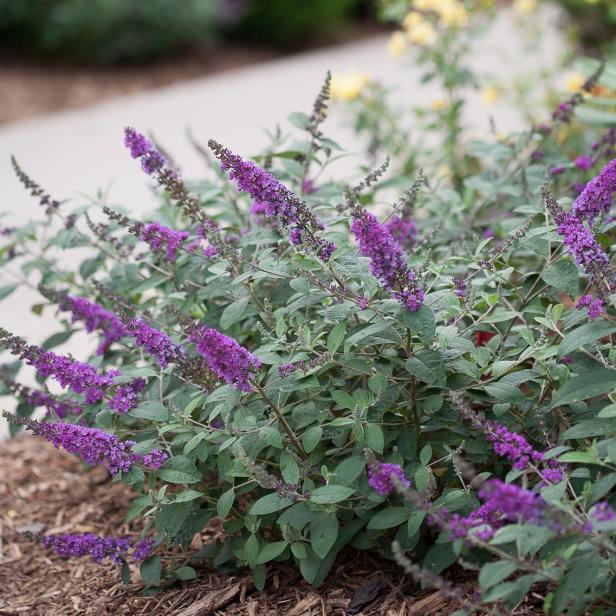
- Coreopsis: Coreopsis is a bright, cheerful flower that blooms in the summer. It is a good source of nectar for butterflies and is also deer-resistant.

- Goldenrod: Goldenrod is a common sight in the fall, and it is also a good source of nectar for butterflies. It is important to note that some people are allergic to goldenrod, so be sure to plant it in an area where it will not bother anyone.

- Lavender: Lavender is a beautiful, fragrant flower that is also a good source of nectar for butterflies. It is a relatively low-maintenance plant, and it can be grown in a variety of climates.
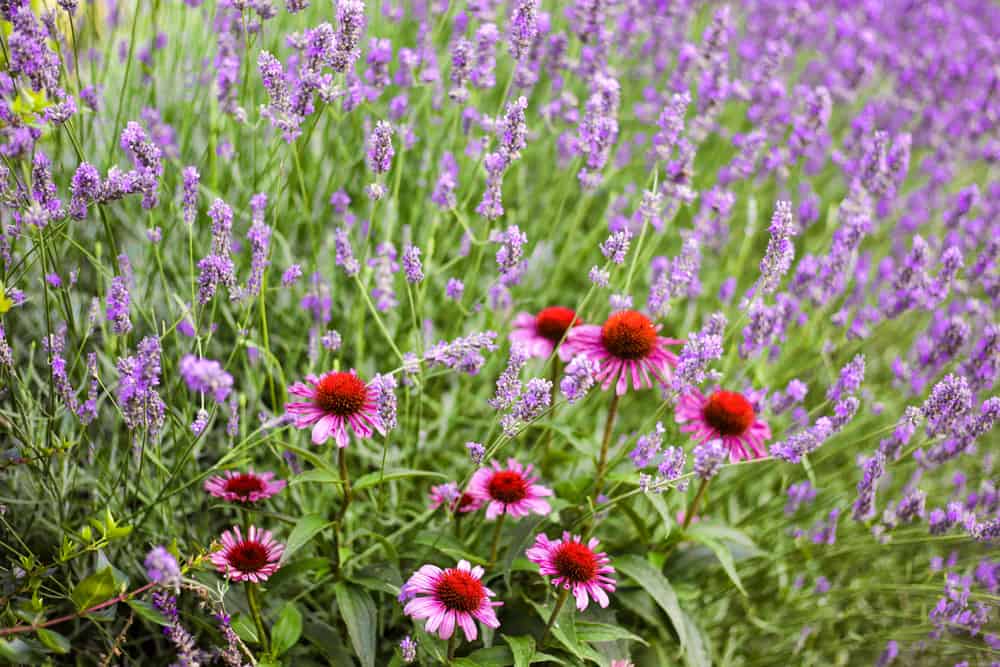
- Salvia: Salvia is a genus of flowering plants that includes many species that are attractive to butterflies. Some popular salvias for butterfly gardens include purple sage, scarlet sage, and pineapple sage.

- Yarrow: Yarrow is a hardy, drought-tolerant plant that is a good source of nectar for butterflies. It is also a good choice for attracting other pollinators, such as bees and hummingbirds.

How to Plant and Care for Companion Plants
Once you have chosen your companion plants, it is important to plant them correctly. Most companion plants should be planted in full sun, but some may tolerate partial shade. Be sure to follow the planting instructions that come with your plants.
Once your companion plants are planted, it is important to care for them properly. This includes watering them regularly, fertilizing them as needed, and removing dead or diseased leaves. You should also deadhead your companion plants regularly to encourage new blooms.
Conclusion
By planting companion plants with your butterfly bush, you can create a thriving butterfly garden that will attract butterflies all season long. These plants will also help to deter pests, improve the soil, and make your garden more beautiful. So, what are you waiting for? Start planting your companion plants today!
Butterfly bushes are a popular choice for gardeners who want to attract butterflies to their yard. But did you know that there are certain plants that can help to attract even more butterflies to your butterfly bush? These companion plants can provide food, shelter, and water for butterflies, helping to create a thriving butterfly garden.
Some of the best companion plants for butterfly bushes include:
- Lavender: Lavender is a fragrant herb that butterflies love. It also attracts bees and other pollinators.
- Salvia: Salvia comes in many different varieties, all of which are attractive to butterflies.
- Verbena: Verbena is a colorful flowering plant that butterflies love. It also attracts hummingbirds.
- Aster: Asters are a type of daisy that blooms in the fall. They are a great source of food for butterflies during the late summer and fall months.
- Milkweed: Milkweed is the only food source for monarch butterfly caterpillars. If you want to attract monarchs to your garden, milkweed is a must-have plant.
If you're looking for more information about butterfly bush companion plants, I recommend visiting Gardenia Inspiration. This website has a comprehensive list of companion plants for butterfly bushes, as well as information on how to plant and care for these plants.
FAQ of butterfly bush companion plants
Question 1: What are the best companion plants for butterfly bush?
Answer: There are many great companion plants for butterfly bush, but some of the best include:
- Lavender: Lavender is a popular choice for butterfly gardens because it attracts butterflies and other pollinators. It also has a calming scent that can help to deter pests.
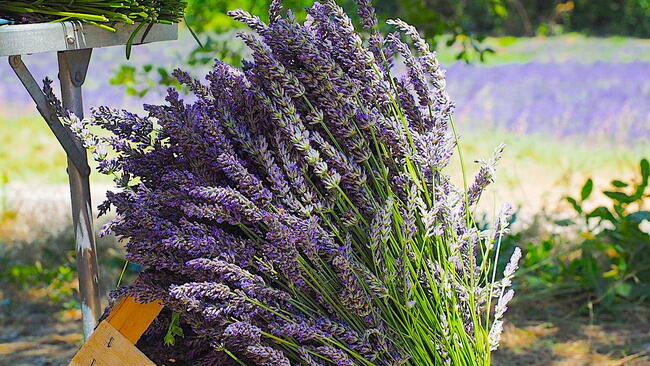
- Aster: Asters are a type of daisy that blooms in the fall. They provide nectar and pollen for butterflies, and they also help to attract other beneficial insects.
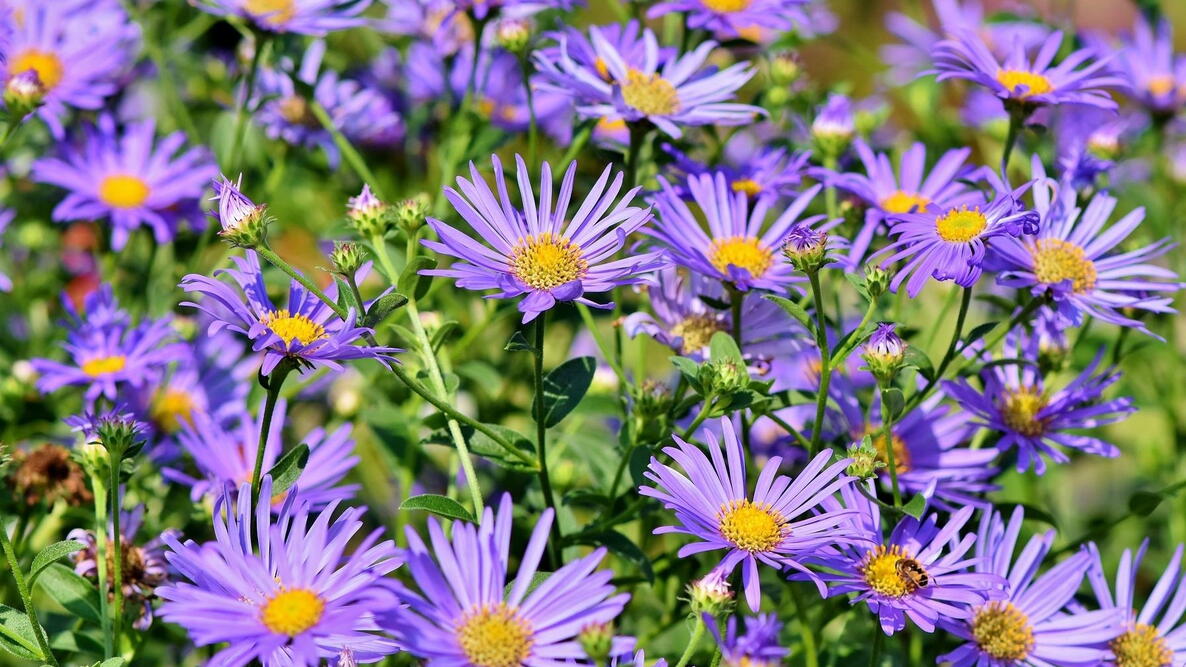
- Coneflower: Coneflowers are another type of daisy that is popular with butterflies. They come in a variety of colors, and they bloom from summer to fall.
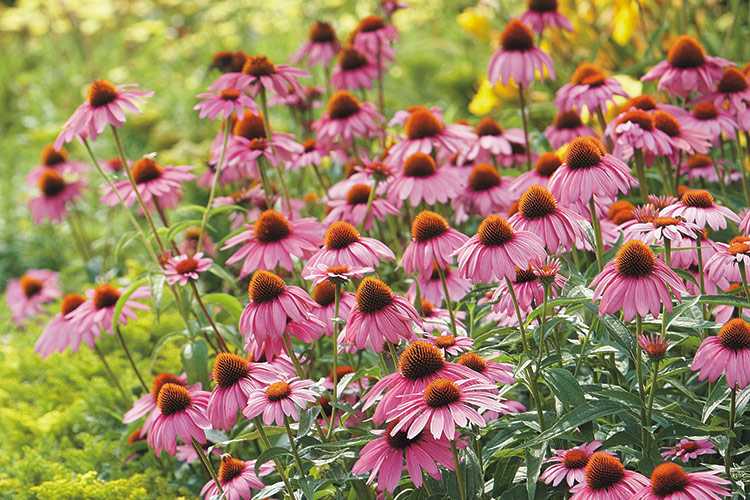
- Salvia: Salvia is a genus of flowering plants that includes many popular butterfly attractors. Some of the best salvias for butterfly gardens include Mexican bush sage, scarlet sage, and pineapple sage.
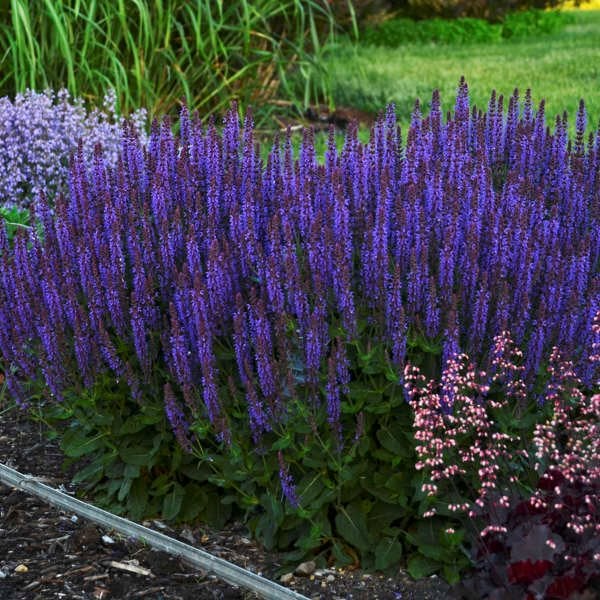
- Milkweed: Milkweed is the only host plant for monarch butterfly caterpillars. If you want to attract monarchs to your garden, milkweed is a must-have.

Question 2: How far apart should butterfly bush companion plants be planted?
Answer: The spacing requirements for butterfly bush companion plants will vary depending on the specific plants you choose. However, as a general rule, you should space them at least 2-3 feet apart. This will give them enough room to grow and spread, and it will also help to prevent them from competing for resources.
Question 3: When should I plant butterfly bush companion plants?
Answer: The best time to plant butterfly bush companion plants is in the spring or fall. This will give them time to establish themselves before the heat of summer or the cold of winter.
Question 4: How do I care for butterfly bush companion plants?
Answer: Butterfly bush companion plants are relatively easy to care for. They need full sun and well-drained soil. They should be watered regularly, especially during hot, dry weather. You may also need to fertilize them occasionally.
Question 5: How do I attract butterflies to my butterfly bush garden?
Answer: There are a few things you can do to attract butterflies to your butterfly bush garden:
- Plant a variety of nectar-rich flowers.
- Provide a source of water.
- Create a shady spot for butterflies to rest.
- Avoid using pesticides.
Image of butterfly bush companion plants
- Heliotrope: A small shrub that pairs wonderfully with butterfly bushes. Its deep purple flowers complement those of butterfly bushes.

- Lantana: A low-growing shrub or groundcover that produces masses of tiny blooms in lavender, yellow, orange, cream, red and pink throughout the growing season.

- Verbena: A South American perennial that does well in USDA Hardiness Zones 7 to 10. It produces long spikes of blue, purple, pink, or white flowers.

- Mexican Sunflower: A tall plant that can grow up to 6 feet high. It produces beautiful, bright orange blooms all summer long.
- Butterfly Weed: A native plant that is the larval host plant for monarch butterflies. It produces clusters of orange and yellow flowers.
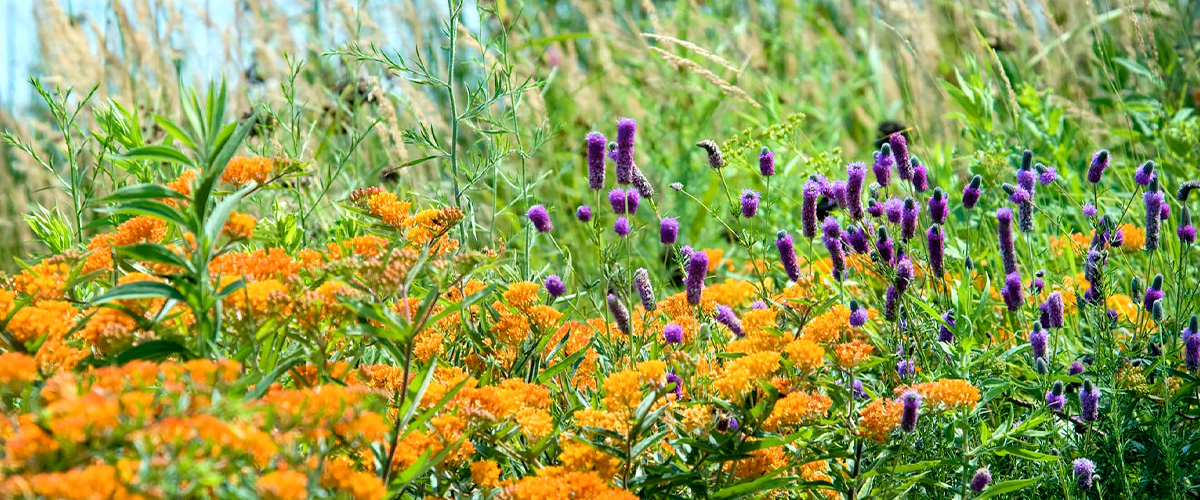
Post a Comment for " Musthave Companion Plants For Butterfly Bushes"